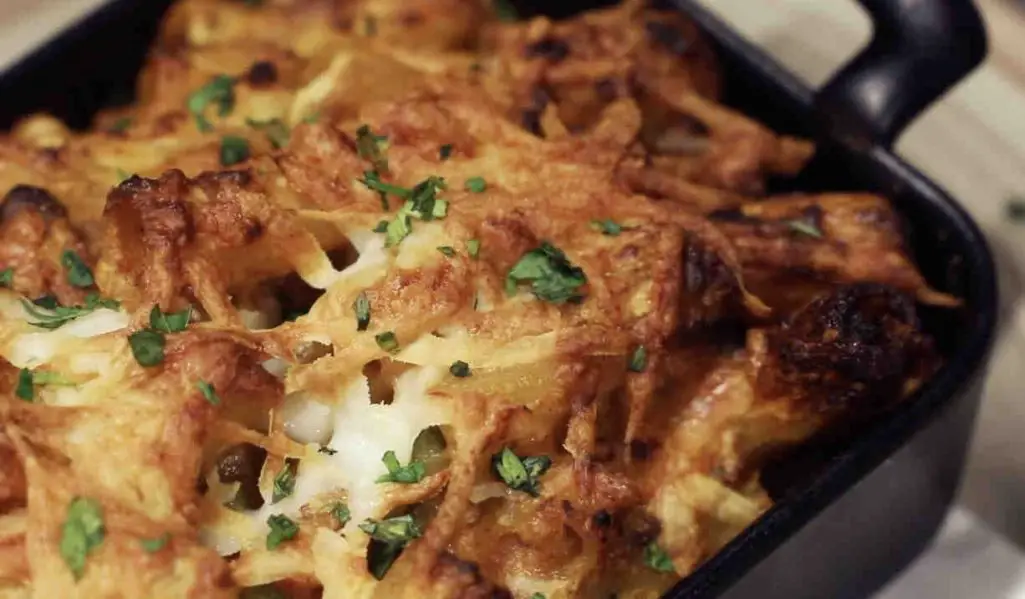Maltese cuisine is the result of long relationships between the inhabitants and the many invaders who have occupied the islands of the archipelago over the centuries.This marriage of flavors gave birth to what is now an eclectic mix of Mediterranean and Middle Eastern cuisine. Decisive flavors, ancient traditions, quality raw materials and often zero KM make Maltese cuisine one of the richest in our Mediterranean.
The traditional Maltese recipes are rustic and varies with the seasons. From the “ Lampuki Pie ” (fish pies), to the rabbit stew , then the “ Bragioli ” (beef meatballs) and the “ Kapunata ” (Maltese version of ratatouille with capers). The widow’s soup or “ Soppa ta’ l-armla ” so called because it was made out any vegetables brought by the neighbors to the widows. This thick soup is prepared with vegetables like onions, zucchini and cauliflower, eggs and enriched with the typical fresh Maltese “ Gbejniet ”.
On supermarket shelves and as an appetizers on most Maltese tables you can always find “ Bigilla “, a thick broad bean pâté made out of broad beans and garlic. Other snacks that you should definitely taste if you’re staying in Malta are the “ hobz biz-zejt” (slices of bread dipped in olive oil, rubbed with ripe tomatoes and covered with a mix of tuna, onion, garlic, and capers) and the famous “ pastizzi ” (puff pastry filled with ricotta or pea purée).
Since we are now close to Easter , as on the occasion of all religious holidays, even in the Archipelago there are typical dishes that cannot be missing from the tables of Maltese families these days and beyond. These include “ Figolli ” (almond filled pastries) and “ Kwarezimal ”.

